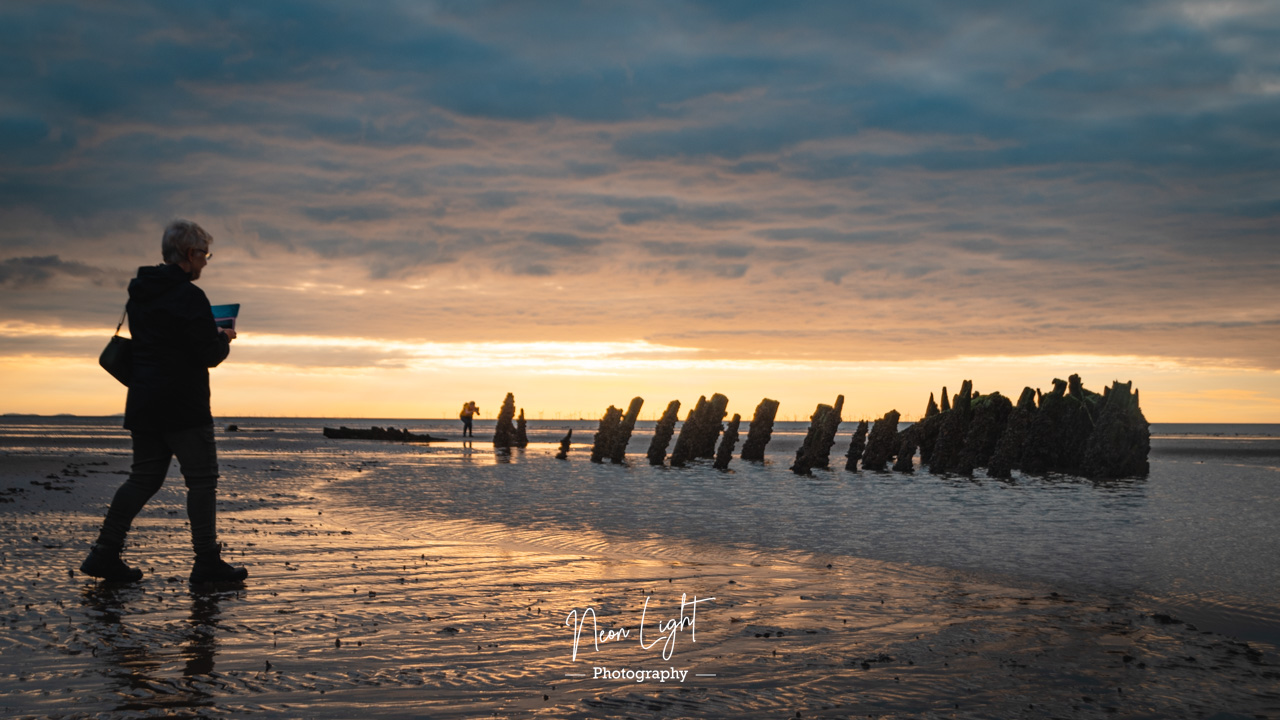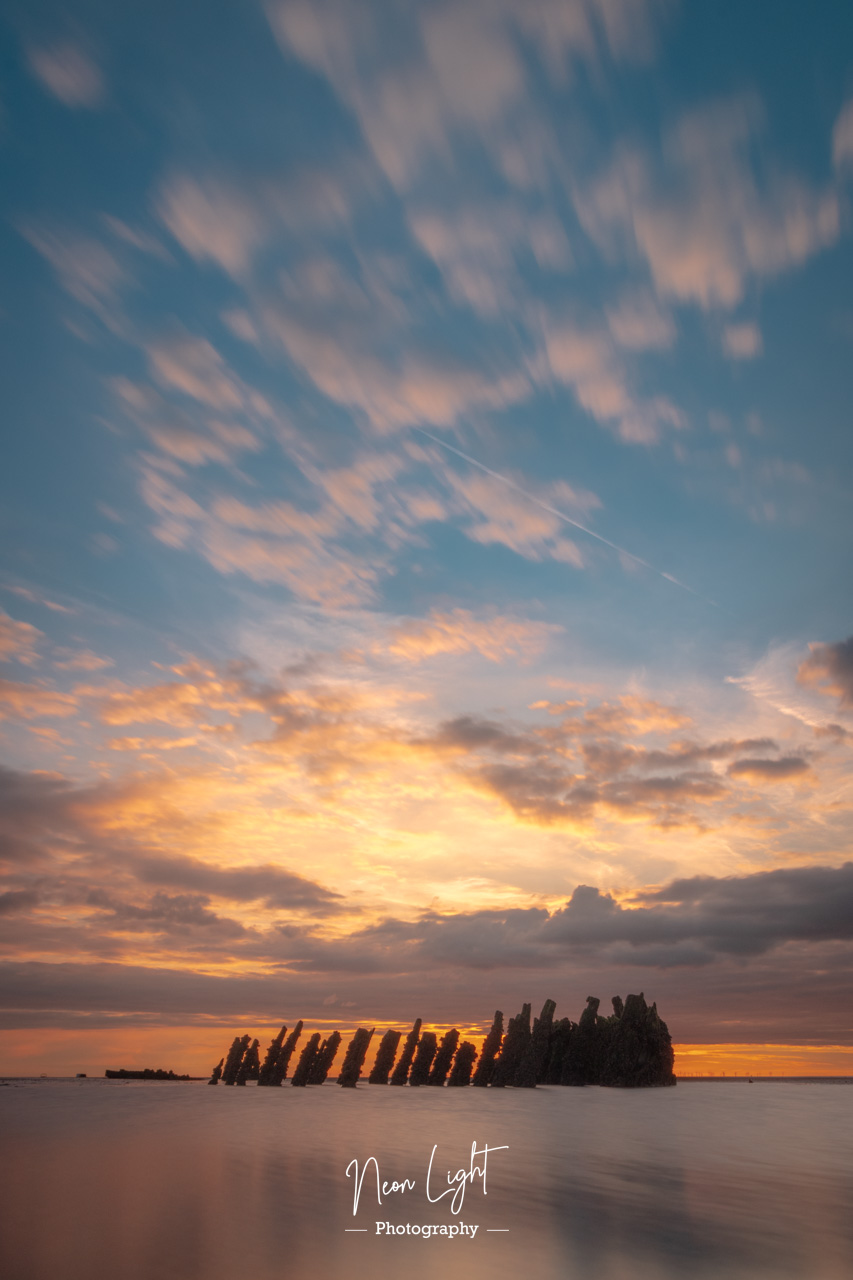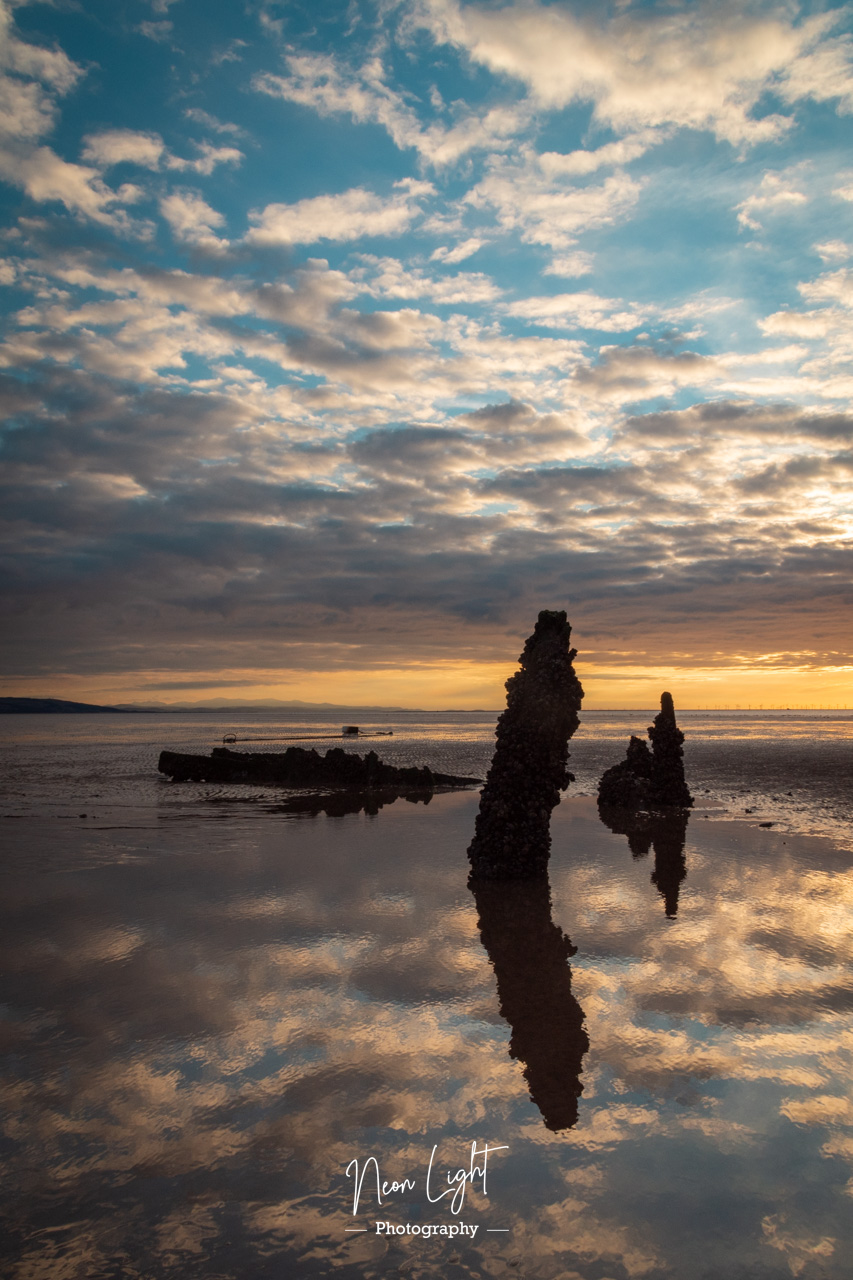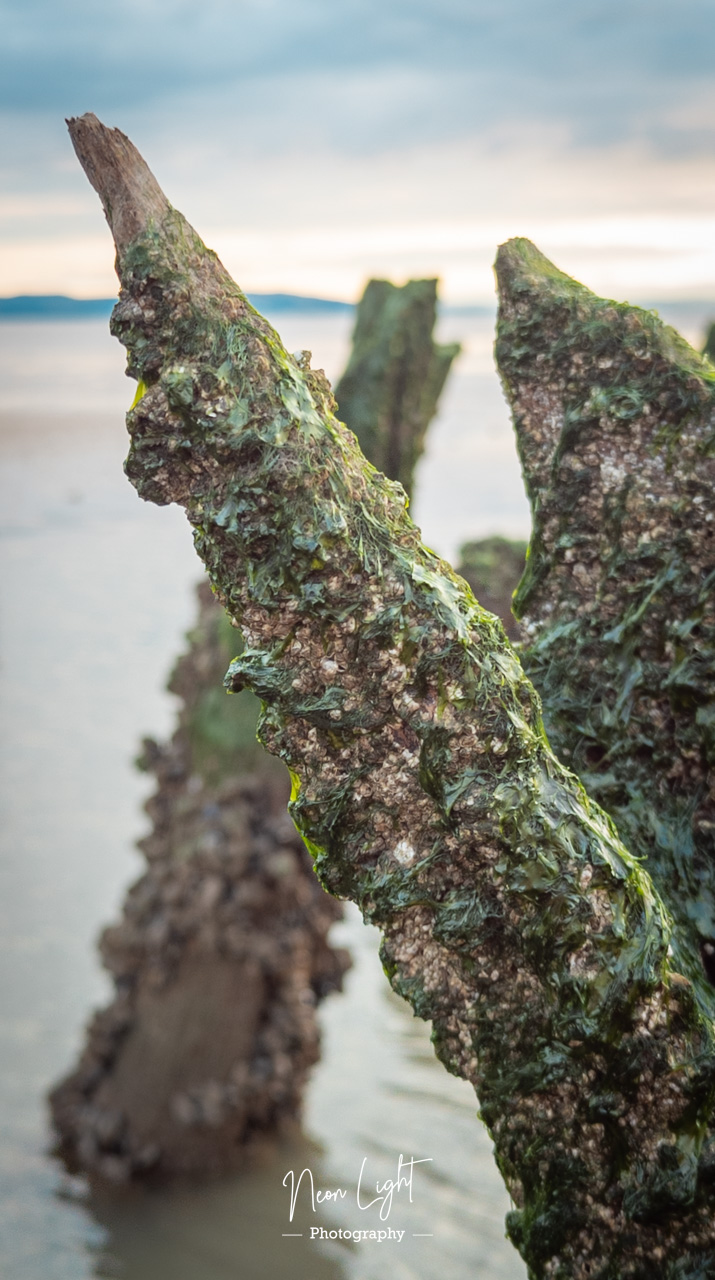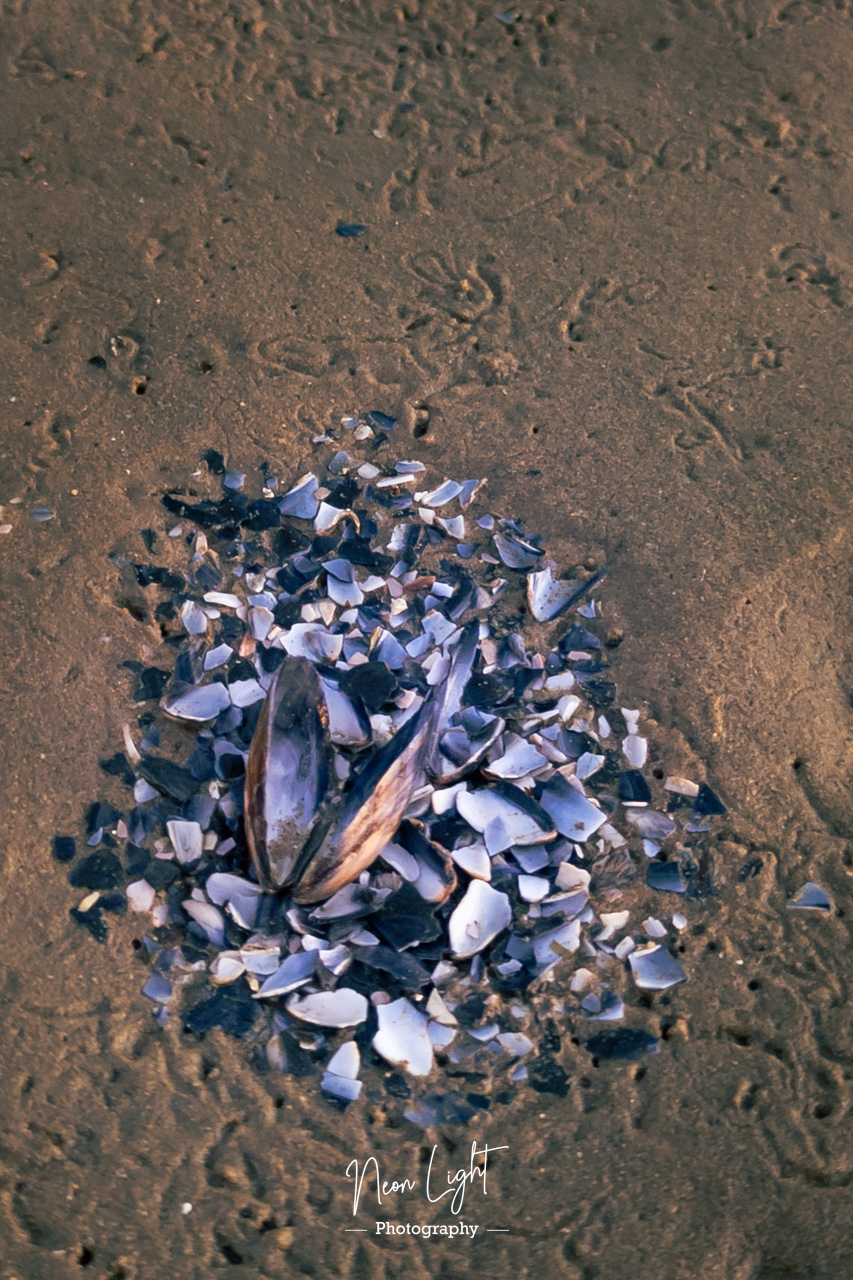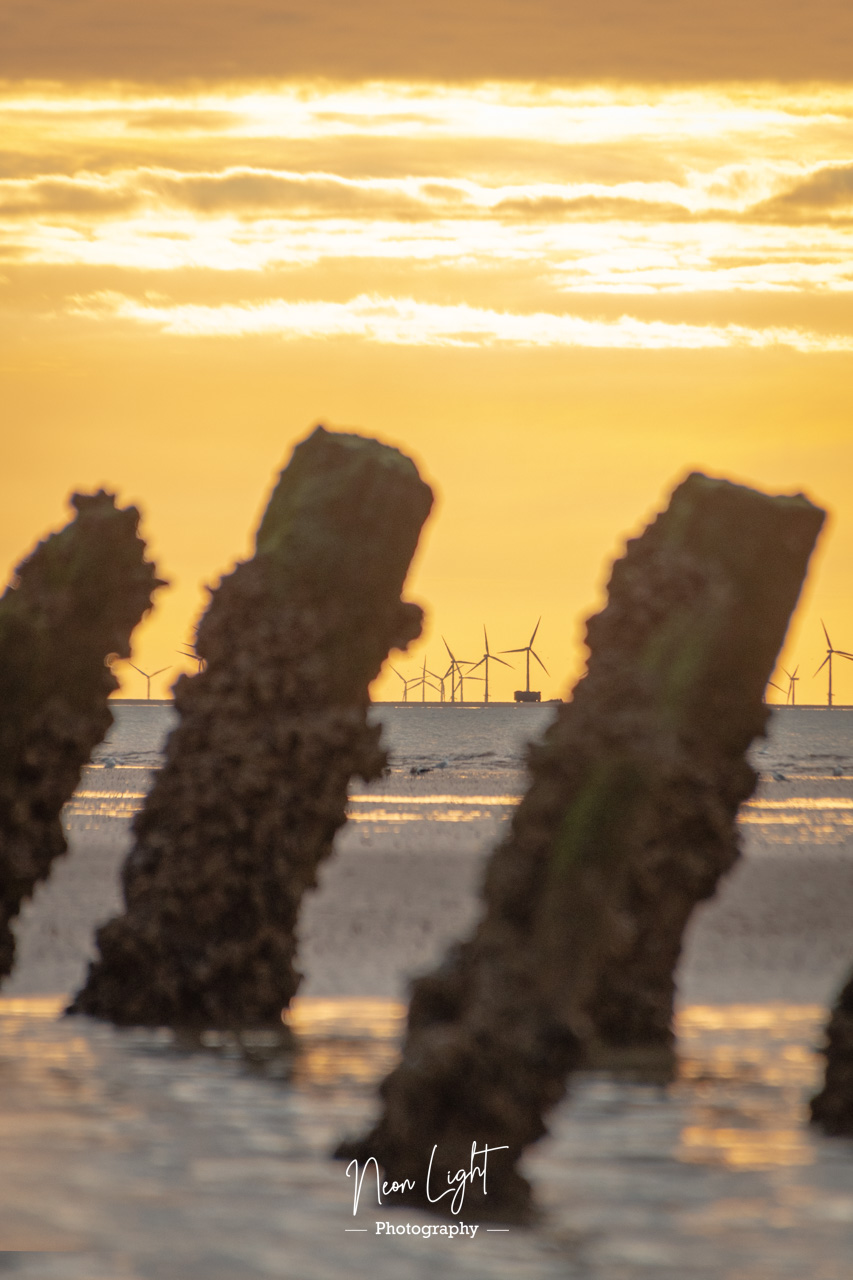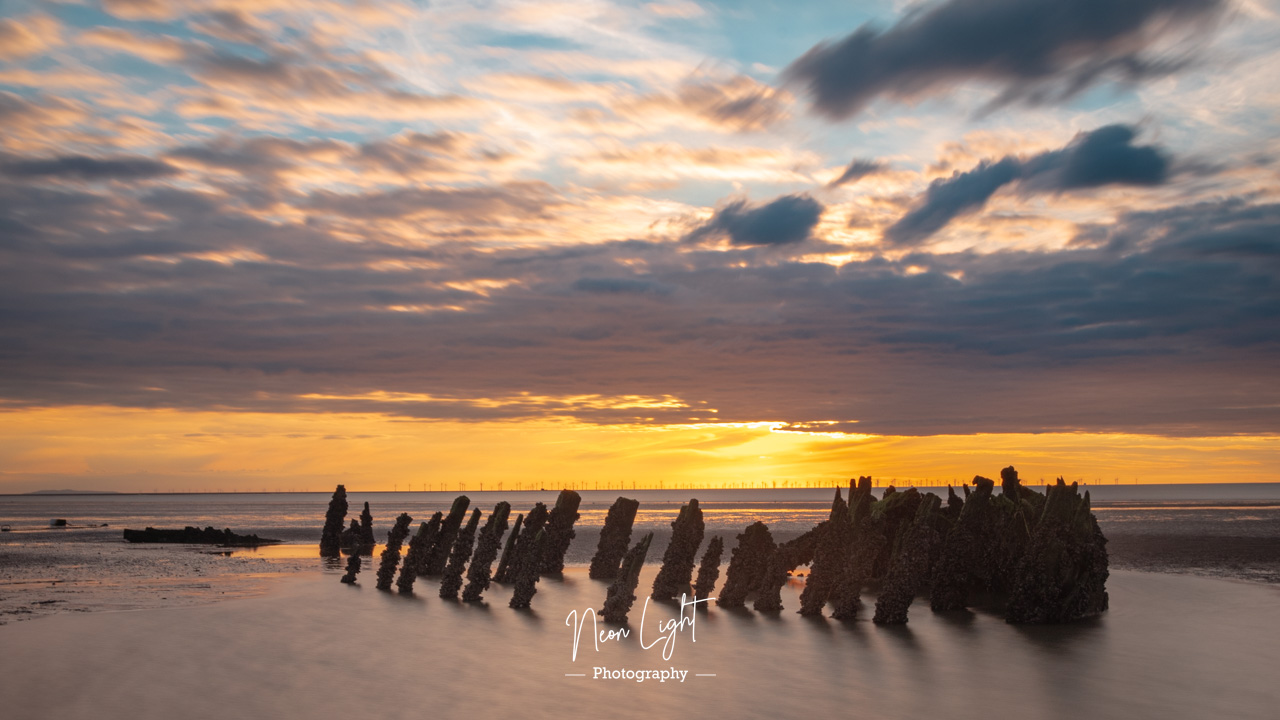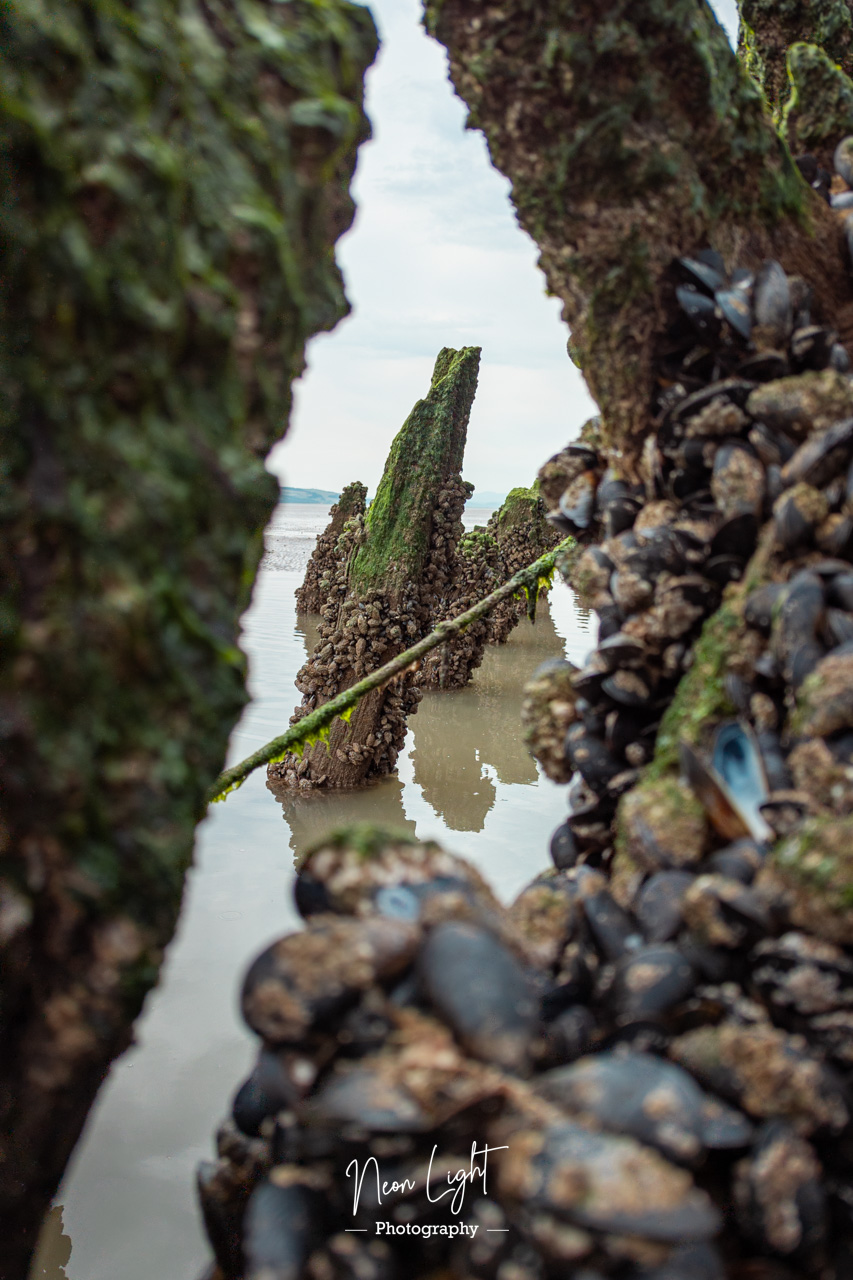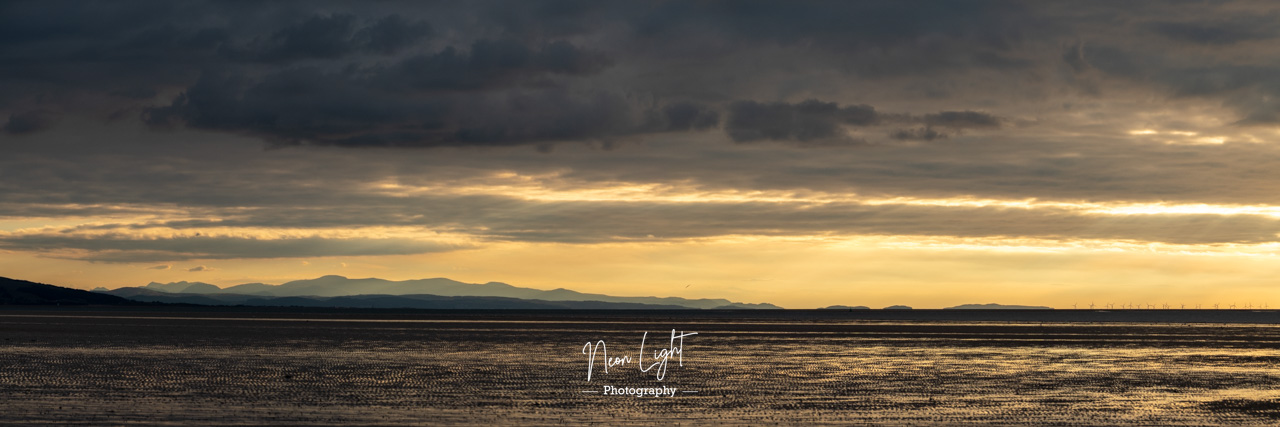
This week I’ve been back out at the Shipwreck off the coast at Hoylake, and I thought I’d take the opportunity to talk through how I approach long exposure shots like these.
First I take test shots with my phone to try and find the right location and composition for the shot, this saves placing the tripod in the wrong location!
Next, if my shot requires a low angle, I flip the tripod legs upside down. This allows me to mount the camera underneath and get it as close to the ground as possible.
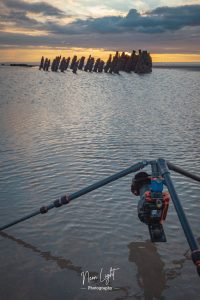
Now it’s time to work out settings. I start by asking myself is anything moving? If not then shutter speed is not as important. In these shots, though there was a breeze rippling the water so I decided that a filter would be useful to smooth out the water. Next, I think about my depth of field and make an approximation on my aperture before taking a test shot. Once I have my aperture sorted I select the lowest ISO I can get away with and still expose the shot, in the low shot from this week it came out as a 1/50s exposure at f11 with ISO 200.
Now to get the exposure time when using the filter you simply multiply the original shutter speed by 1000 (as I’m using an ND1000), so 1/50 = 0.02 x 1000 = 20 – so I need a 20s exposure.
I then set the new shutter speed, insert the ND filter, cover the viewfinder to stop light leakage and take 3 shots.
Why 3 shots? when taking long exposures remember that the sky moves, taking 3 shots means I have a choice of the sky in case one doesn’t work.
So there you go, I hope you like the shots, and the process, if you have any questions please let me know in the comments and I’ll try and answer as best I can!
Oh and for those of you on Vero, you can now catch my shots over there too!

